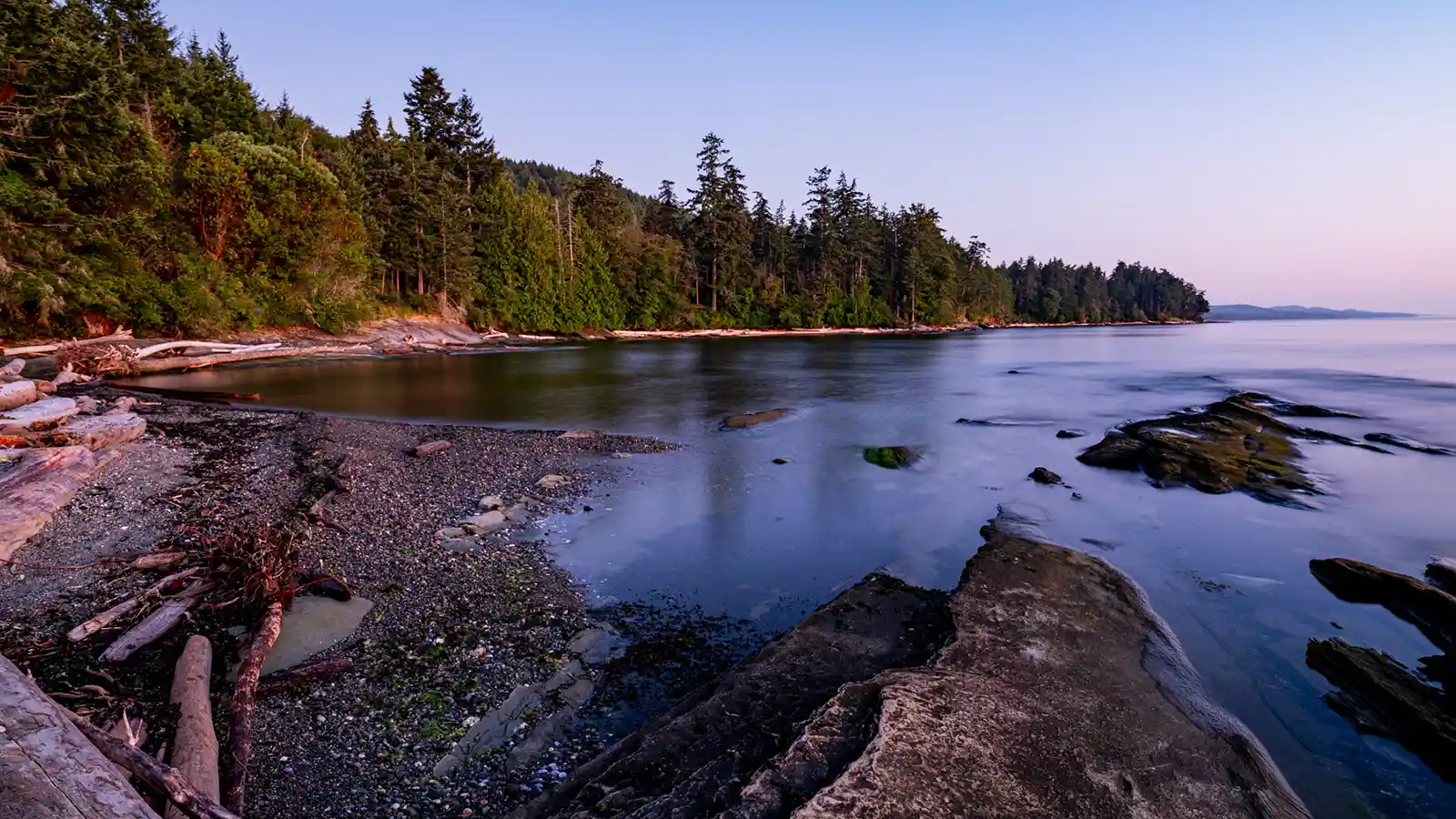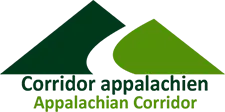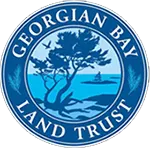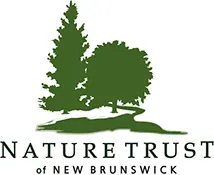
Credit Albert Normandin
Map provides approximate location.
Qw’xwulwi Cable Bay Conservation Area
Galiano Island, BC
The Nature Trust of British Columbia – 2022
26 hectares
Property Description
Partnership is key to land conservation success. Working with a conservation-minded landowner who wanted to protect their property from development, The Nature Trust of BC partnered with the Galiano Conservancy Association to purchase 26 hectares on Galiano Island at Cable Bay, traditionally called Qw’xwulwi’s.
Part of the traditional and unceded territories of the Penelakut, Hwlitsum, and other Hulquminum-speaking peoples, the bay has a long history as an important site to rest, gather provisions, and wait for good weather for Coast Salish traveling across the Strait of Georgia. Canoes could be portaged to the bay from Trincomali Channel, across the narrowest part of Galiano Island. According to Florence James, a respected Coast Salish Elder and Hul’qumi’num language teacher from Penelakut Island, the traditional name for the area is Qw’xwulwi’s, the Hul’qumi’num word for the action of paddling.
Galiano Island is part of the Southern Gulf Islands archipelago and lies near the centre of both the biologically diverse Salish Sea in the provincially and globally imperiled Coastal Douglas-fir biogeoclimatic zone (CDF). Home to the highest number of at-risk species and ecosystems in BC, the CDF is of great conservation concern, yet only 11% of its area is currently protected.
Cable Bay and its adjacent network of over 600 hectares of protected land are an important remnant of the Coastal Douglas-fir biogeoclimatic zone. Protecting these forests helps maintain habitat for native plants and wildlife species. Healthy forests also benefit people by purifying air and mitigating the effects of climate change.
Cable Bay is a haven for resident and migratory birds, intertidal life, fish and marine mammals. The nutrient-rich waters serve as excellent nurseries for young fish and are an ideal environment for overwintering birds, including buffleheads, harlequins, and multiple species of loons, grebes, goldeneyes, mergansers, scoters, geese, ducks, and gulls.
This important land acquisition was made possible by the Government of Canada through the Natural Heritage Conservation Program, part of Canada’s Nature Fund, MapleCross, and many other organizations and individuals who generously donated to ensure Cable Bay is protected for generations to come.
Content and property pictures courtesy of The Nature Trust of British Columbia.



















